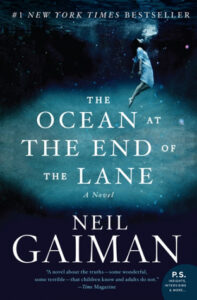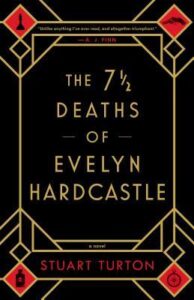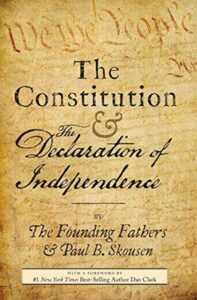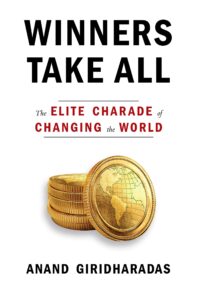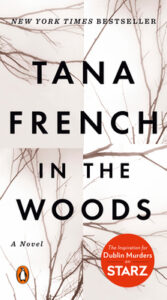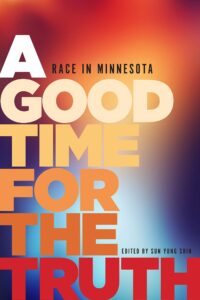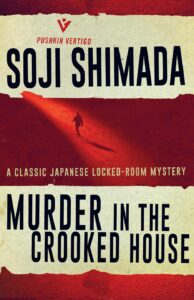by Neal Gabler
Gabler spent years researching and writing this mammoth biography of the man who, arguably, influenced 20th-century American culture more than anyone else. And Gabler’s painstaking work clearly shows in the finished book. Disney, a notorious workaholic, would possibly approve. I say “possibly” because the man who gave us Mickey Mouse, Snow White, and Disneyland was also a notorious perfectionist.
I have a few of my own nitpicks, along with some praise:
Pros:
It felt as though two-thirds of the book dealt with two subjects — the creation of Snow White and the Seven Dwarfs, and the creation of Disneyland. Along with Mickey Mouse, these were Disney’s milestone achievements, so the attention is welcome and warranted.
Gabler’s biography seems fair and balanced. Over the years, Disney has been accused of sanitizing pop culture by removing its edge. He has also been charged with anti-Semitism, racism, and other isms. Gabler addresses those charges, albeit not at great length, and doesn’t shy from depicting Disney warts and all.
Cons:
I don’t know about you, but what most interests me about Walt Disney is his creative life. Unfortunately, the bulk of Triumph seems more attuned to business majors. There are endless pages about recalcitrant bankers, potential investors, striking employees, and other finance-related matters. You get the sense that Disney was less a creative visionary than a committed capitalist. If so, it was out of necessity rather than desire.
It would have been nice to have more detail about Disney the private man. But really, I got the impression that the man who led “the triumph of the American imagination” was, in day-to-day life, a bit dull. No carousing or womanizing or politics or scandal of any sort. He comes off as someone you’d admire, but probably not care to socialize with.
© 2010-2024 grouchyeditor.com (text only)


